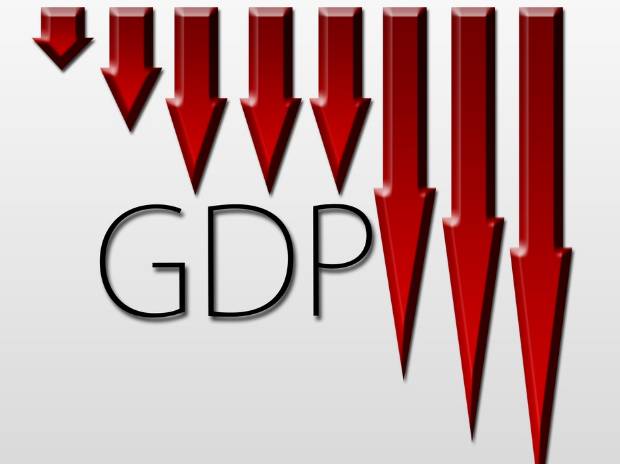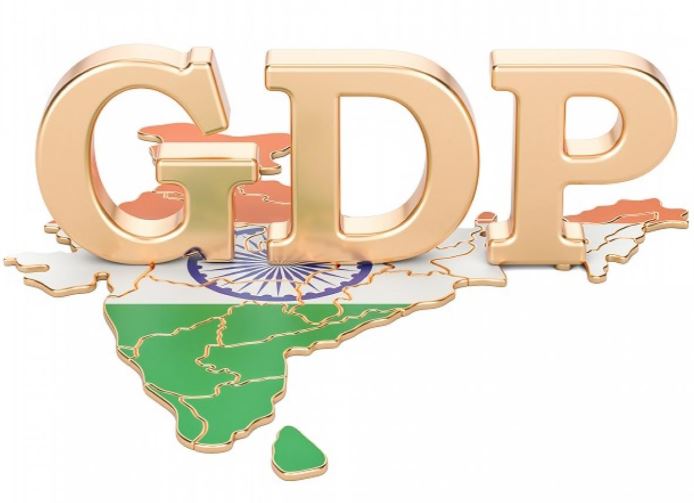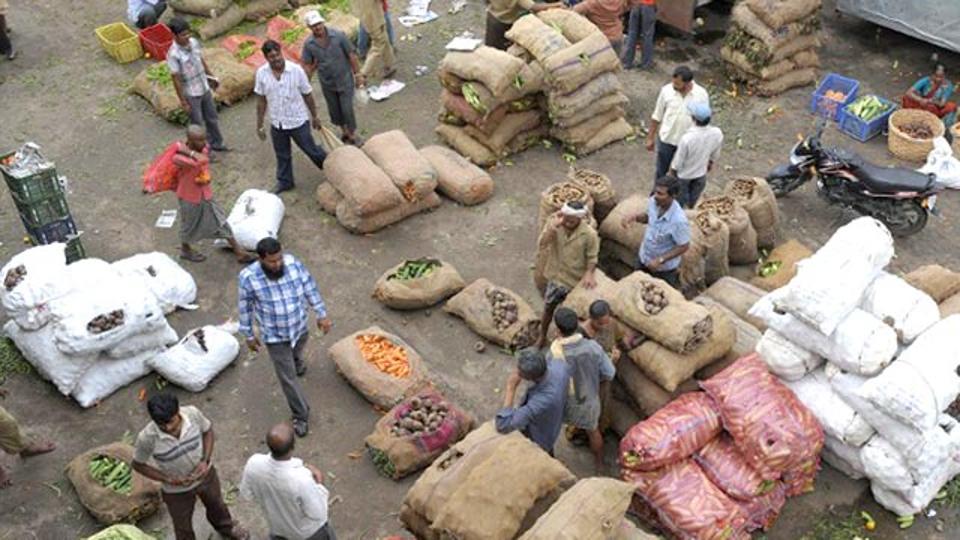Prof. R.K.Panda

There has been a consistent slow down in the GDP growth rate of the Indian Economy over the last five quarters beginning with the first quarter of the fiscal year 2018-19. As per the statistics provided by the Central Statistics Office, the GDP growth rate which was 8.2 percent in April-June quarter of the fiscal year, 2018-19, declined to 7.2 percent in July-September, further to 6.8 percent in October-December and to 5.8 percent in January-March. In the first quarter (April-June) 2019-20 fiscal year, it has plummeted to 5 percent. Since the GDP is usually taken as a standard indicator of economic prosperity and well-being of a nation, in view of its steady decline over the last five quarters it has become a cause of concern and intense debate among the intelligentsia in the country.

However, to count GDP as a nation’s development combining its economic prosperity with social well-being is a flawed argument. No doubt, GDP growth may increase economic prosperity of a country but there are negative effects of GDP growth such as climate change, income inequality which affects adversely the quality of life of people in a society. Besides, it is well acknowledged that accurate measure of GDP is difficult. Particularly for a developing country like India with overwhelming dominance of informal sector in which a large amount of products are hardly monetized through market, GDP measurement not only lacks accuracy but it is very much under-estimated. In view of the fallacy involved in interpreting GDP as a measure of social welfare and difficulty in measuring accurately in case of India, we have here attempted to briefly analyze the nature of its present slow down with suggestions to reverse the trend.

In the first place, slow down in GDP is largely due to decline in domestic demand and this is more pronounced in fall in rural spending on consumable items. Rural spending contributes nearly 37 percent to the overall Fast Moving Consumer Goods (FMCG) spending in the country and we notice a slow down in spending of food as well as non-food items like snacks, biscuits, spices, packaged tea, soaps etc in rural areas in recent months.
Secondly, decline in GDP/GSDP growth rate has not been uniform across the states. We find some states having higher growth rates above the national average in the fiscal year 2018-19. Besides, defying the national slow down in GDP growth in 2018-19, 12 out of 17 non-special category states have shown faster growth in 2018-19 compared with their previous 5 years’ average performance.

Thirdly, consumer inflation rate affects the purchasing power of the common people adversely. It is said that inflation acts as a tax on poor sections of the society. However, as available data suggests there is significant inter-state differences in consumer inflation rate. Kerala having 6 percent consumer inflation rate tops the list representing the highest inflation while Odisha having 2.3 percent lies at the bottom keeping all other states between the two.
All these suggest that the extent of slow down in the GDP estimated at the all-India level has not shown similar trend across all the states. More so, slow down is more felt in rural areas as compared to urban areas. The Government of India has no doubt has adopted a variety of measures in the shape of corporate tax cut, providing increasing liquidity to banking sector through recapitalization etc. But all these will take time to realize the objective of reversing the trend. What is required is to put money directly into the hands of the people through the schemes like MGNREGA and other employment intensive programs to raise their purchasing power.
Since the Governments at the state levels share a sizeable percentage in the combined spending of Central and State Governments, they should actively participate in reviving rural demand in their respective areas. The different types of subsidies prevailing in rural areas need to be stopped.
The writer is the former Professor of Economics, Utkal University, Bhubaneswar & former Director, Nabakrushna Choudhury Centre for Development Studies





























